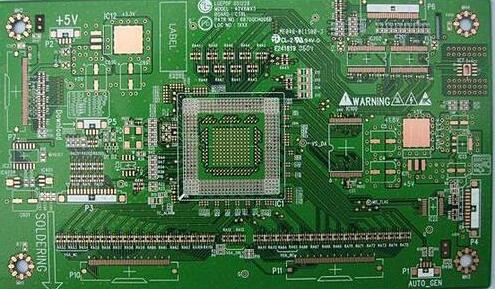Taiwan’s LCD TV foundry volume is expected to exceed 44 million units next year
According to global market research institutions, the main driving forces that boosted the growth of Taiwan’s LCD TV foundry shipments in the third quarter are: 1. PCB panel supply is tight, and brand manufacturers hope that through the integrated advantage of PCB panel procurement through foundries, Ensure that the source of PCB panels is intact, and increase the number of releases, but this practice also hides the risk of overstocking; 2. Some Chinese TV brand manufacturers increase the number of outsourced OEMs; 3. Japanese brand manufacturers want to recover in the second half of the year Market share. The November holiday in China in the fourth quarter and the arrival of the Christmas holiday season in Europe and the United States at the end of the year have driven Taiwan’s LCD TV foundries to perform significantly better in the second half of the year than in the first half of the year. According to the report on Taiwan’s LCD TV foundry shipments, Taiwan’s LCD TV foundry shipments reached 10.31 million units in the third quarter of 2012, an increase of 19.6% from the previous quarter. In the fourth quarter, under the support of the peak season effect, shipments will Continuing the growth momentum of the third quarter, the quarterly growth rate reached 9-11%.

However, WitsView also pointed out that in the first half of 2012, under the impact of the continued weakening of the global economy, brand manufacturers were conservative in releasing orders, leading to the first decline in Taiwan’s LCD TV OEM shipments in years, with an estimated annual decline rate of 13-14 %, the shipment volume decreased to 37~38 million units. Looking forward to 2013, as the supply and demand conditions of PCB panels are expected to remain relatively healthy, there is still a possibility that PCB panels will be out of stock before the peak season, prompting brand manufacturers to hope to further expand their interpretation through the integrated advantages of foundries in PCB panel procurement. Single quantity.
Therefore, WitsView estimates that Taiwan’s LCD TV OEM shipments in 2013 will have the opportunity to exceed the scale of 42~45 million units, with an annual growth rate of 10~14%, of which Unihan and TPV will perform Will be better than peers.
At this stage, the foundry is not only accepting the OEM business from brand factories, but also the shipment type of BMS (Backlight Module System) is also a topic of heated discussion in the market. The main way of receiving orders is estimated that Jingzhi will ship about 5-6 million units through BMS this year, and it is estimated that the multiple will grow to 13-15 million units next year, mainly for Japanese brand customers.
WitsView pointed out that the original brand and foundry manufacturers introduced the BMS foundry method in consideration of Eco-system (the overall ecosystem). The cost advantage brought by it is expected. However, since the second quarter of this year, the supply of PCB panels has shifted. Under the pressure of pursuing profit and improving operational performance, PCB panel makers are quite active in increasing the quotation of semi-finished products (Open Cell). This development will severely reduce the profitability of BMS foundry.
WitsView further stated that BMS involves not only complete machines, semi-finished products, packaging materials and materials, logistics, and quality services (RMA service), but also the integration and management of the supply chain. Improving product competition is still unknown.